Uncle Sam
|
||
|
This Site:
|
Uncle Sam Recruiting PosterThe image above presents a rousing illustration of the venerable "Uncle Sam", as he appeared in a World War I Army Recruiting poster. We will examine how this popular image came about, and how "Uncle Sam" became the popular symbol of the United States. Uncle Sam, is a popular name for the government of the United States. Its origin was as follows: Samuel Wilson, commonly called "Uncle Sam," was an inspector of beef and pork, in Troy, N. Y. He inspected the meat purchased for the government after the declaration of war against England in 1812. A contractor named Elbert Anderson purchased a quantity of provisions, and the barrels were marked "E. A.," the initials of his name, and "U. S.," for United States. The latter initials were not familiar to Wilson's workmen, who inquired what they meant. A facetious fellow answered, "I don't know, unless they mean 'Uncle Sam.' " A vast amount of property afterwards passed through Wilson's hands, marked in the same way, and he was rallied on the extent of his possessions. The joke spread, and it was not long before the initials of the United States were regarded as "Uncle Sam," which name has been in popular parlance ever since. Even a popular song says: "Uncle Sam is rich enough to give us all a farm." Prior to the Civil War, Brother Jonathan Was the Popular Icon of the United StatesSo, by 1820, Uncle Sam was sometimes used as a term for the United States. The popular image of Uncle Sam did not emerge until some time later. In fact, prior to the Civil War, another character was much more commonly used as a symbol for our country; Brother Jonathan. The Cartoon above is from an original 1862 Harper's Weekly newspaper. The cartoon deals with the controversial Trent Affair, in which US naval officers boarded a British Ship, and arrested Confederate Commissioners Mason and Slidell. In the cartoon, the figure representing the United States is Brother Jonathan. It can be seen that Brother Jonathan has many of the features we have come to associate with Uncle Sam . . . striped pants, a coat with tails, and a tall top hat. At the start of the Civil War, Brother Jonathan was almost always used as the symbol of the United States.
By 1864, Uncle Sam had become the more pervasive symbol of the United States in newspapers and other publications, as Brother Jonathan gradually faded away. Our popular image of Uncle Sam (As seen in the image on the top of this page) was defined in large part by Thomas Nast, who was one of the most popular artists of the 1800's. Nast was also responsible for our popular images of Santa Claus, the Republican Elephant, and the Democratic Donkey. Nast's first illustration of Uncle Sam appeared in the November 20, 1869 edition of Harper's Weekly. Thomas Nast's First Image of Uncle Sam, "Uncle Sam's Thanksgiving Dinner"While Uncle Sam does not show the top hat and striped pants that we have come to associate with him, he shows something much more important in this image. In this image, Uncle Sam is a symbol of unity and equality. The image shows many people welcomed at Uncle Sam's Thanksgiving table . . . Black, White, Chinese, and Indian, as wall as many others are seen sitting around the table. The image is captioned, "Uncle Sam's Thanksgiving Dinner; Come One, Come All, Free and Equal." The image clearly shows that Uncle Sam was originally a symbol of freedom, and equality. Uncle Sam was a unifying symbol.
While the exact image of Uncle Sam has evolved over the years, one thing remains constant. He is a symbol of the best ideals of the United States. From the earliest days until today, he has stood for Freedom, Equality, and Justice. While as a Nation, we do not always perfectly achieve these ideals, Uncle Sam remains a poignant symbol and reminder of the goal and objective . . . One Nation, Under God, Indivisible, with Liberty and Justice for All.
|
|
|
|
||
|
Site Copyright 2003-2018 Son of the South. For Questions or comments, contact paul@sonofthesouth.net |
||
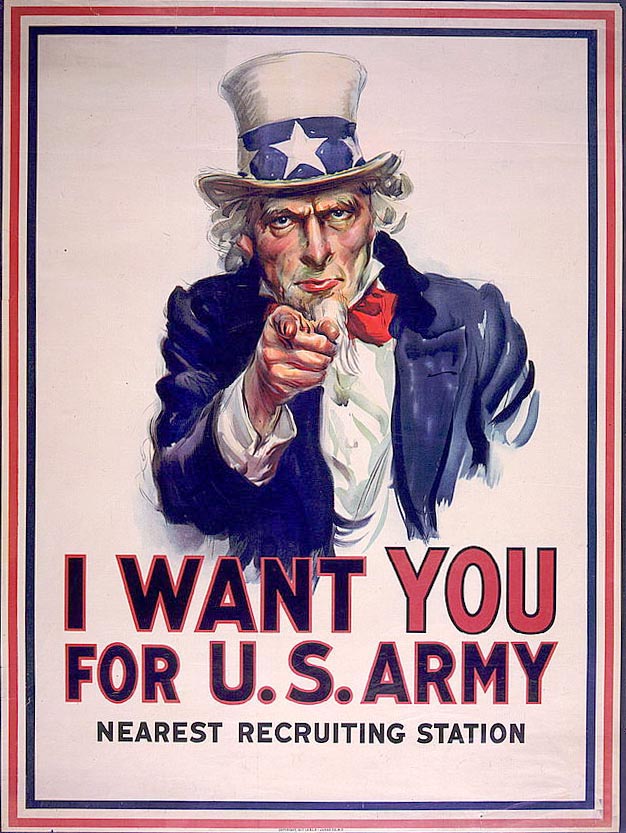
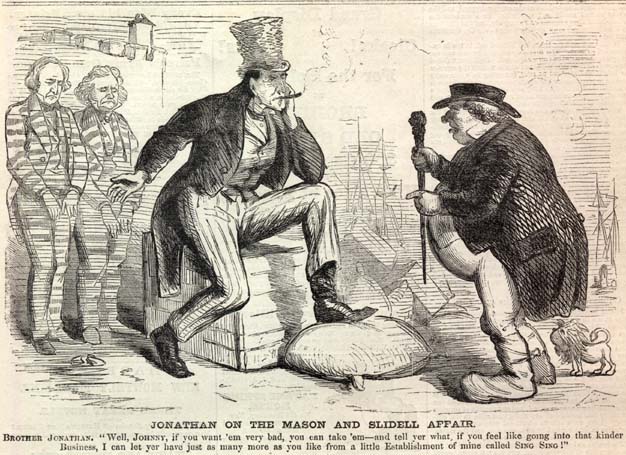
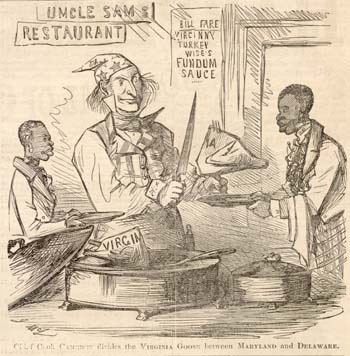
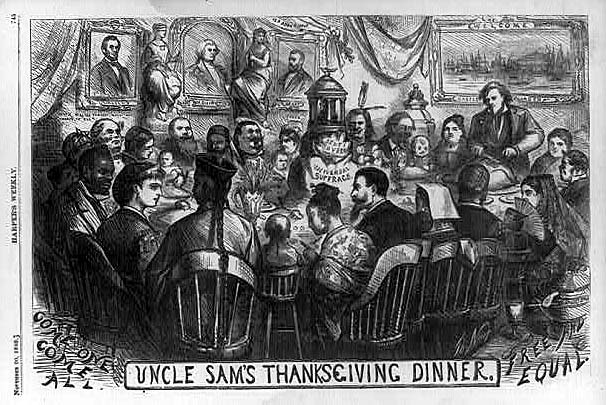
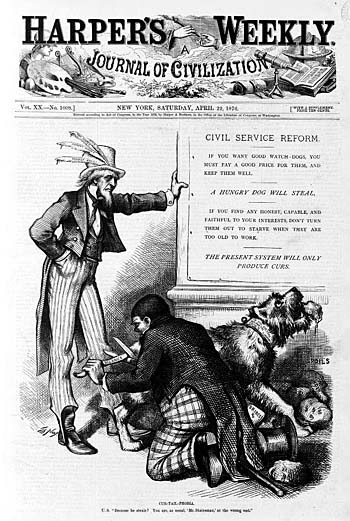 By
1876, Nast's Image of Uncle Sam had evolved into one that we would
recognize today. The image to the left is the cover of the
November 24, 1876 Harper's Weekly. The image features Uncle Sam with
striped pants, a long overcoat, and a top hat. In this image, the
top hat also has feathers. This image deals with Reform of the
Civil Service System.
By
1876, Nast's Image of Uncle Sam had evolved into one that we would
recognize today. The image to the left is the cover of the
November 24, 1876 Harper's Weekly. The image features Uncle Sam with
striped pants, a long overcoat, and a top hat. In this image, the
top hat also has feathers. This image deals with Reform of the
Civil Service System.